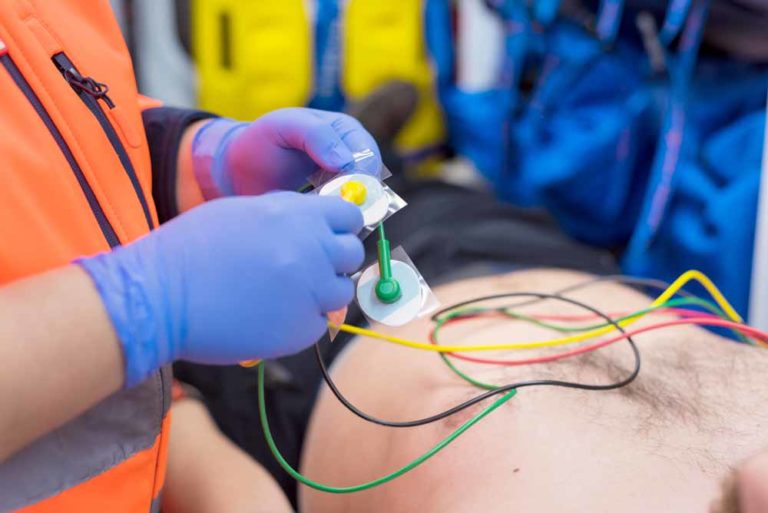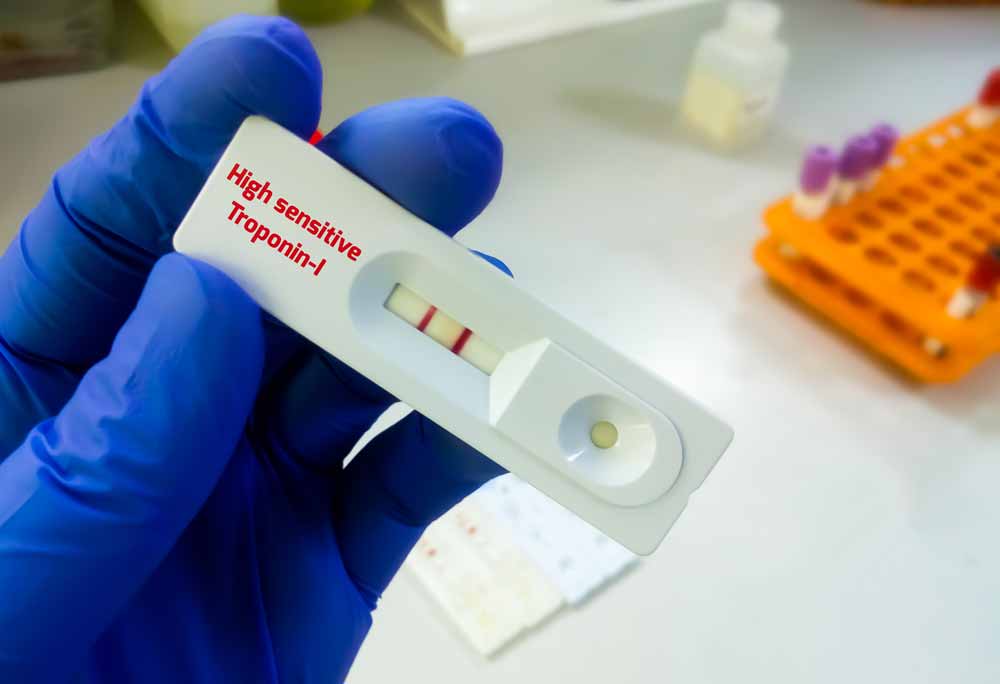Karnofsky Performance Status Scale Online Calculator

Karnofsky performance status scale determines ability of patient to tolerate chemotherapy.
For patients ≥ 16 years old.
Useful to use over time to track disease progression.
The Karnofsky Performance Status Scale (KPS) is widely used for a variety of purposes, including response to chemotherapy for cancer and assessment of chronic disease. This scale can be used to assess patients with advanced cancer or other chronic diseases, as well as progressive debility in the elderly.
The Karnofsky Performance Status Scale quantifies a patient’s functional ability and the effect of treatment, such as chemotherapy, on their basic functional ability. It is sometimes also used for prognostic purposes and to guide treatment.
The score on the scale is highly correlated with survival time and need for home care. It can also help predict the ability to progress with invasive and intensive treatments.
| Patient Description | Points* | Result |
| Normal no complaints; no evidence of disease | 100 | Able to carry on normal activity and to work; no special care needed. |
| Able to carry on normal activity; minor signs or symptoms of disease | 90 | Able to carry on normal activity and to work; no special care needed. |
| Normal activity with effort; some signs or symptoms of disease | 80 | Able to carry on normal activity and to work; no special care needed. |
| Cares for self; unable to carry on normal activity or to do active work | 70 | Unable to work; able to live at home and care for most personal needs; varying amount of assistance needed. |
| Requires occasional assistance, but is able to care for most of his personal needs | 60 | Unable to work; able to live at home and care for most personal needs; varying amount of assistance needed. |
| Requires considerable assistance and frequent medical care | 50 | Unable to work; able to live at home and care for most personal needs; varying amount of assistance needed. |
| Disabled; requires special care and assistance | 40 | Unable to care for self; requires equivalent of institutional or hospital care; disease may be progressing rapidly. |
| Severely disabled; hospital admission is indicated although death not imminent | 30 | Unable to care for self; requires equivalent of institutional or hospital care; disease may be progressing rapidly. |
| Very sick; hospital admission necessary; active supportive treatment necessary | 20 | Unable to care for self; requires equivalent of institutional or hospital care; disease may be progressing rapidly. |
| Moribund; fatal processes progressing rapidly | 10 | Unable to care for self; requires equivalent of institutional or hospital care; disease may be progressing rapidly. |
| Dead | 0 | Dead. |
The lower the Karnofsky score, the worse the prognosis, which may be due to:
- Intolerance to therapy
- Decreased survival rates
| ECOG PERFORMANCE STATUS | KARNOFSKY PERFORMANCE STATUS |
| 0—Fully active, able to carry on all pre-disease performance without restriction | 100—Normal, no complaints; no evidence of disease |
| 90—Able to carry on normal activity; minor signs or symptoms of disease | |
| 1—Restricted in physically strenuous activity but ambulatory and able to carry out work of a light or sedentary nature, e.g., light house work, office work | 80—Normal activity with effort, some signs or symptoms of disease |
| 70—Cares for self but unable to carry on normal activity or to do active work | |
| 2—Ambulatory and capable of all selfcare but unable to carry out any work activities; up and about more than 50% of waking hours | 60—Requires occasional assistance but is able to care for most of personal needs |
| 50—Requires considerable assistance and frequent medical care | |
| 3—Capable of only limited selfcare; confined to bed or chair more than 50% of waking hours | 40—Disabled; requires special care and assistance |
| 30—Severely disabled; hospitalization is indicated although death not imminent | |
| 4—Completely disabled; cannot carry on any selfcare; totally confined to bed or chair | 20—Very ill; hospitalization and active supportive care necessary |
| 10—Moribund | |
| 5—Dead | 0—Dead |
The Karnofsky Performance Status Scale and other performance scales should be used for the holistic assessment of cancer patients, although its accuracy as a prognostic tool in some cases has not yet been sufficiently proven.
The Karnofsky Performance Status Scale is useful to clinicians in daily clinical practice, and this performance scale should be used to improve understanding of a patient’s needs and abilities, and potentially for prediction.
Register on our website right now to have access to more learning materials!
Subscribe to our pages:
Literature
- Karnofsky DA Burchenal JH. (1949). ‘The Clinical Evaluation of Chemotherapeutic Agents in Cancer.’ In: MacLeod CM (Ed), Evaluation of Chemotherapeutic Agents. Columbia Univ Press. Page 196.
- Crooks, V, Waller S, et al. The use of the Karnofsky Performance Scale in determining outcomes and risk in geriatric outpatients. J Gerontol. 1991; 46: M139-M144.
- Hollen PJ, Gralla RJ, et al. Measurement of quality of life in patients with lung cancer in multicenter trials of new therapies. Cancer. 1994; 73: 2087-2098.
- O’Toole DM, Golden AM. Evaluating cancer patients for rehabilitation potential. West J Med. 1991; 155:384-387.
- Schag CC, Heinrich RL, Ganz PA. Karnofsky performance status revisited: Reliability, validity, and guidelines. J Clin Oncology. 1984; 2:187-193.
Read also:
Drug Resistance in Pneumonia (DRIP) Score. Online Calculator
The purpose of the DRIP score is to determine when broad-spectrum antibiotics should be used…
Focused Assessment with Sonography for Trauma (FAST): Online Calculator
Focused Assessment with Sonography for Trauma (FAST) predicts the presence of pericardial or intra-abdominal injury…
Interactive OSCE Checklist – Emergency care of a patient with chest pain – Acute Coronary Syndrome with ST-segment elevation and equivalents
Maximum Allowable Blood Loss (ABL) Without Transfusion: Online calculator
Maximum Allowable Blood Loss (ABL) Without Transfusion formula can be used in patients with blood…
Revised Cardiac Risk Index for Pre-Operative Risk (RCRI) Online Calculator
The revised cardiac risk index for preoperative risk may be used in patients ≥45 years…
POSSUM for Operative Morbidity and Mortality Risk – Online Calculator
POSSUM calculates the risk of surgical morbidity and mortality, which can be used to help…











